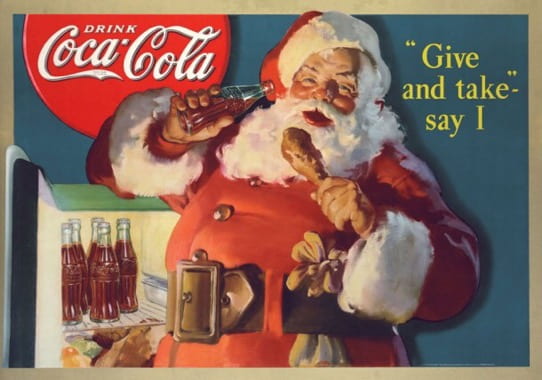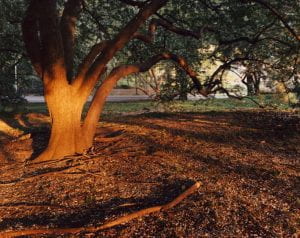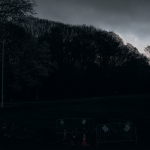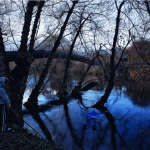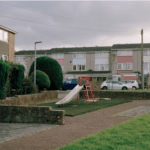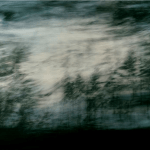Lydia Page-Wright
Untitled Films aims to draw from – but not provide the answers to – known visual tropes from both cinema and photography and explore how an aesthetic / narrative / subject matter may (or may not) be recognisable to the viewer. Drawing from Kristeva (1966), Alfaro (1996) reminds us ‘There are always other words in a word, other texts in a text. We [should] understand texts not as self-contained systems, but as differential and historical, as they are shaped by the repetiton and structures of other textual systems’ (Alfaro, 1996, p,268). The work aims to sit on this oscillating boundary of a nagging recognition, between the literal and the obscure, the description the photograph (and accompanying text) might seem to promise, but yet the metaphor that ultimately, it always is.
Follow Lydia Page-Wright on instagram
Alfaro, María Jesús Martínez (1996) ‘Intertextuality: Origins and Development of the Concept’ in Atlantis (Vol. 18, No. 1/2) December 1996.









